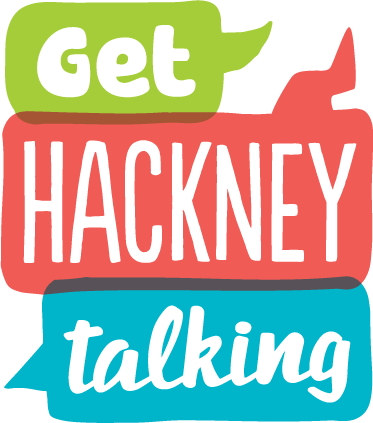1.Have the learner pick one house hold task to help you with throughout the day.
- Complete the task. (Example: Doing the laundry – first, separate the clothes by colours, next put them in the washer, then add the soap, finally press the button).
- Talk through the task whilst you complete it.
- After the task is completed, ask the learner to tell you what they did in each step using the words: First, next, then, last.
- Use the visuals ‘first’ ‘next’ ‘then’ ‘last’ to draw/write the steps.
- Provide opportunities for lots of practice and repetition.
Here are some examples of other everyday tasks they could practise:
| · Doing the laundry
· Making a snack · Making a sandwich · Washing hands · Shopping for basics |
· Washing the dishes
· Making a hot drink · Brushing teeth · Washing hair · Ironing clothes |
· Sweeping the floor
· Getting ready for bed · Getting ready to cook · Make the bed · Washing windows |

2.Choose a daily task that you would like your student to be more independent in whilst being at home. What daily task do they find difficult? What part of the task do they find difficult? Which bit could they learn to do first? Choose a small part of the routine to focus on.
3.Break down tasks into small, manageable chunks.
4.You could support the student to learn the task by using a written list or simple line drawings to draw out the sequence.

5.Use backward chaining to support the learner to learn tasks at a pace that suits them. For example, if you want them to wipe the table independently, you can model the first parts of the routine with them watching. Give them a turn to complete the final steps (e.g. putting the spray in the cupboard and hanging up the cloth) in the routine at first. Once they can do this successfully, you can encourage them to complete earlier steps in the routine (e.g. wiping the table clean, spraying 3 squirts onto the cloth), working backwards until they can do the whole routine by themselves.
6.Plan tasks together – encourage the learner to think about all of the parts of the task. For example, baking a cake:
What ingredients do you need? What equipment will you need? How much will they cost? How many carrier bags will you need to take? How will you get there – what mode of transport? Will you need an oyster card? What cake will you bake? What cakes do our family and friends like? How can we find this out?
7. Video modelling clips on YouTube to show the learner how to do complete the steps in daily tasks. You can pause the video between each step so that the learner can copy it. Over time you can reduce how often you use the video. Here are some links:
Brushing teeth: https://www.youtube.com/watch?v=osIBbQM7OXw
Washing hands: https://www.youtube.com/watch?v=i_d-kSG4rX0&list=PLidLCx_ZuD0eicsJK-fTebRip_YVLdysD&index=2
If you have any questions regarding this handout or would like further information, please contact your school Speech and Language Therapist.
Click on ‘download as PDF’ for examples.


